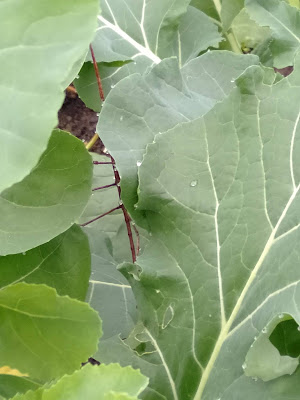Every creature is better alive than dead, men and moose and pine trees, and he who understands it aright will rather preserve its life than destroy it. Henry David Thoreau
About
They are known as moose in North America and elk in Eurasia and they are the largest and heaviest species of the deer family. They like to live in an area with edible plants like pond grasses and shrubs and they travel with the seasons. In winter, moose like the snow as predators are less prevalent, and in summer they like to swim to keep cool. Moose can grow to 2.5 metres tall at the shoulders and up to 3.1 metres long - and weigh up to 1,000 kgs.
Curiosity
Following the mating season, bulls drop their magnificent antlers - 23 kgs in weight and 2 metres wide - to conserve energy for winter. In three to five months during spring, their antlers re-grow.
Intrigue
Although moose are generally considered to be northern hemisphere dwellers, four bulls and six cows were carried by ship from Canada and released in New Zealand's fiordland in 1910. Left to fend for themselves they were eventually hunted to extinction ... or so it was thought. Because in 2005 a hair sample taken from the area proved to be that of a moose, and as recently as 2018 hunters have reported chewed and snapped branches, out of the reach of deer, and occasional footprints.
Contact
In May 2018 I visited The Alaska Wildlife Conservation Center which is a 'sanctuary dedicated to preserving Alaska's wildlife through conservation, research, education and quality animal care.' Here, injured and orphaned animals are cared for in 200 acres of spacious habitat. I met Denali, a gorgeous orphaned moose who now makes his home with the centre's small herd.
I took this photo at the Alaska Wildlife Conservation Center






No comments:
Post a Comment